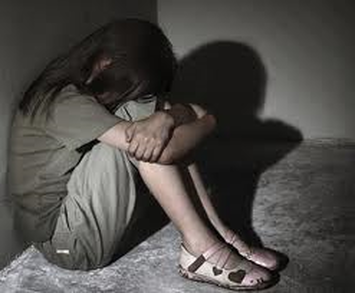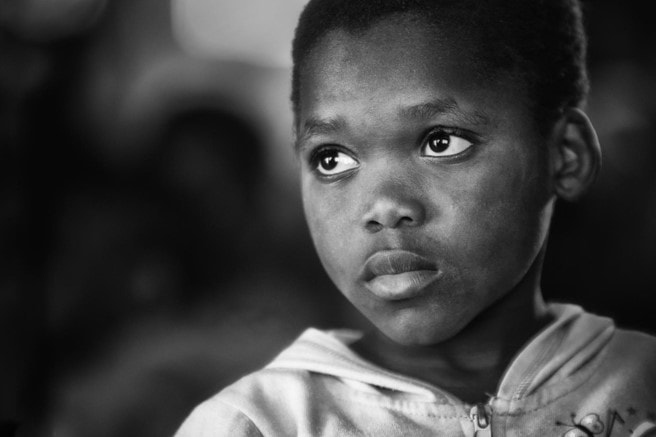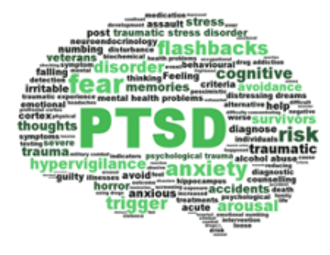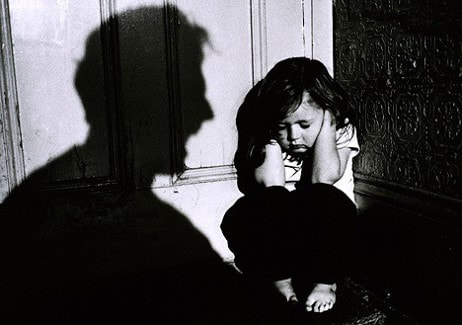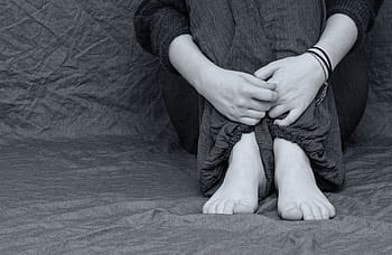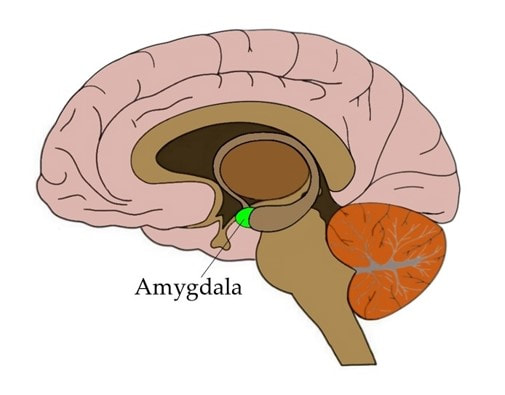Childhood Trauma
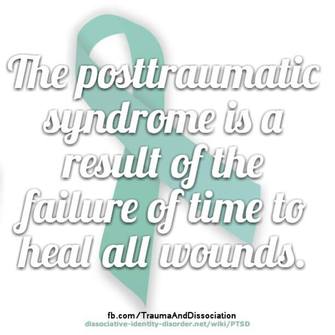
Research points out that the younger a child is at the time of the trauma, the more likely he or she is to develop PTSD.
Thirty-nine percent (39%) of preschoolers develop PTSD in response to trauma, compared to 33% of middle school children and 27% of teens. The symptoms of PTSD may last from several months to many years.
PTSD is associated with a number of distinctive neurobiological and physiological changes. PTSD may be associated with stable neurobiological alterations in both the central and autonomic nervous systems, such as altered brainwave activity, decreased volume of the hippocampus, and abnormal activation of the amygdala.
Both the hippocampus and the amygdala are involved in the processing and integration of memory. The amygdala has also been found to be involved in coordinating the body's fear response.
(See more about the psychology of smell and its impact on the amygdala )
Thirty-nine percent (39%) of preschoolers develop PTSD in response to trauma, compared to 33% of middle school children and 27% of teens. The symptoms of PTSD may last from several months to many years.
PTSD is associated with a number of distinctive neurobiological and physiological changes. PTSD may be associated with stable neurobiological alterations in both the central and autonomic nervous systems, such as altered brainwave activity, decreased volume of the hippocampus, and abnormal activation of the amygdala.
Both the hippocampus and the amygdala are involved in the processing and integration of memory. The amygdala has also been found to be involved in coordinating the body's fear response.
(See more about the psychology of smell and its impact on the amygdala )
